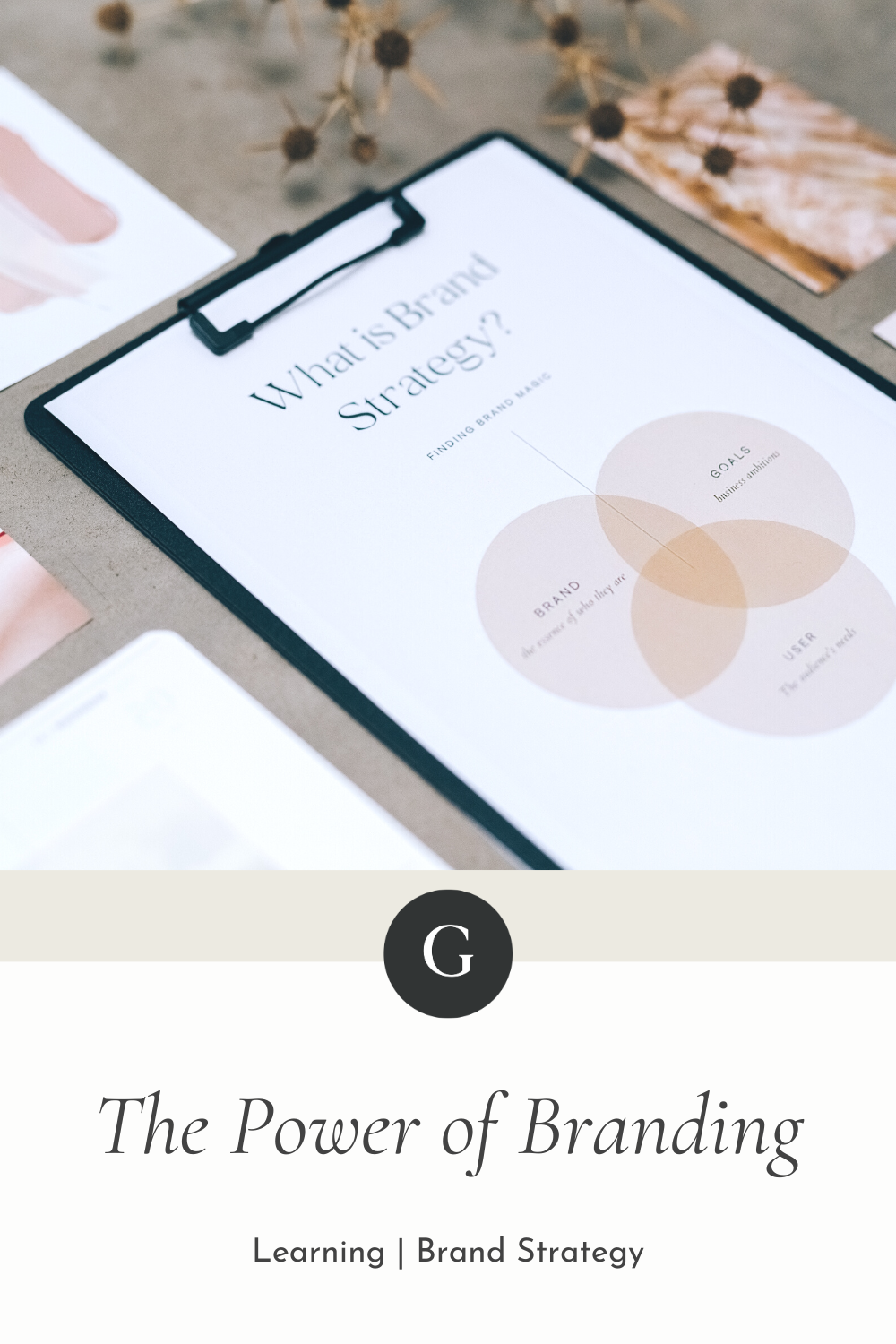
I'm Naomi, Vancouver's go-to expert in web and brand strategy, and I'm passionate about helping businesses thrive online. With years of experience and a creative approach, I'm dedicated to delivering tailored solutions that elevate your brand presence and drive meaningful results.
MORE ON NAOMI
PEEP THE INSTA
September 4, 2024
Most companies think of branding as visuals, messaging, and a polished website.
But the organisations that scale consistently understand something deeper.
A brand is not an aesthetic.
A brand is a system of trust.
It shows people that your company knows what it is doing, makes decisions easier for your customers, and creates a consistent experience they can rely on. When done well, your brand becomes part of how your business operates, not just how it looks.
Brand Starts as a System, Not a Logo
Strong brands begin by defining the foundation.
They clarify why the company exists, the problem it solves, who it serves, and how it delivers value differently.
Only after this foundation is clear does identity come into the picture.
Identity, which includes the name, colours, typography, and visual assets, is simply the execution layer of a much larger strategic decision.
When mid-size companies skip the strategy phase and jump straight into design, they often experience brand fragmentation, inconsistent communication, and customer confusion.
Identity Signals Positioning
A brand’s identity is a coded message.
The way a company appears communicates its price point, level of sophistication, industry norms, values, and operational maturity.
Before a customer reads a single sentence, they have already interpreted the brand’s position.
This is why some companies grow quickly after rebranding. They finally look as credible as the work they deliver.
In competitive B2B environments, clarity and credibility win more deals than creativity for its own sake.
Emotional Resonance Is Still Essential
Even in B2B, decisions are emotional before they are rational.
A well-built brand reduces perceived risk.
It lowers the cognitive load of choosing a vendor.
It creates familiarity, which accelerates trust.
When a company’s brand is aligned across visuals, messaging, websites, sales materials, and the client experience, the customer feels anchored.
This emotional consistency is what moves a company from being an option to becoming a partner.
A Brand’s Promise Must Hold Up Operationally
Every brand communicates a promise, whether stated outright or implied.
- Fast.
- Precise.
- Expert-level.
- Human.
- Innovative.
- Premium.
- Reliable.
If your internal systems can’t support the promise your brand is making, the brand stops helping you. It becomes something people question instead of trust.
Delivery that misses the mark will damage credibility faster than any design issue.
Where Brands Break Down
Most brand failures in mid-size companies come from gaps between what the brand communicates and what the operation delivers.
Common breakdowns include:
- Packaging or design that misrepresents product performance
- Websites that oversell capabilities
- Visual identities that signal premium while operations are still reactive
- Companies repositioning without adjusting internal processes
- Messaging that implies scale the organisation does not have
Misalignment does more than weaken marketing.
It affects recruitment, sales cycles, customer retention, and investor confidence.
Brand Is a Long-Term Asset
A strong brand compounds over time.
- It shortens sales cycles.
- It attracts better-fit clients.
- It improves internal culture and clarity.
- It increases lifetime customer value.
- It raises perceived value, allowing companies to price confidently.
This is why branding is not a one-time project.
It is an ongoing management system that requires consistency across every touchpoint.
Treat Your Brand Like Infrastructure
Mid-size companies that scale treat brand the same way they treat technology, hiring, and operations. They treat it as infrastructure.
Not decoration.
Not a marketing expense.
Infrastructure.
The companies that win are the ones who know what they stand for, communicate it with clarity, deliver it consistently, and build systems that support the brand promise at every stage of growth.
When branding is done well, you feel the difference long before you see it.
What Strong Brands Do Differently
© GINZA DESIGN | VANCOUVER WEB DESIGN & BRANDING